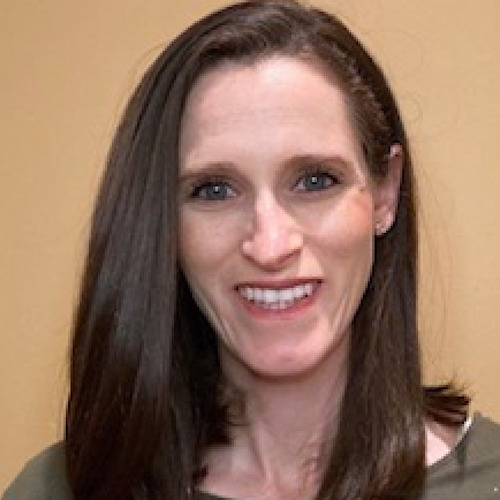

It’s no secret that exercise is a key component of healthy living. Most wellness programs, however, don’t target the unique needs of our aging population.
Reaching and maintaining appropriate activity levels is more than just a mere number of exercise minutes. Starting at the top, leading health activity guidelines provide parameters with little context. Lacking are strategies to engage otherwise sedentary individuals or assist with maintenance of healthy activity levels. So then it’s no surprise that the current wellness trend fails in a similar fashion.
Group-based senior exercise programs remain at the forefront, yet the emphasis is placed too heavily on activity in the moment without enough consideration for the overall health and wellness picture. Although there are obvious benefits to group programs from an organizational and interpersonal standpoint, it shouldn’t be the sole crux of the senior wellness industry —especially since older adults remain the most sedentary group despite widespread efforts, initiatives and targeted programs.
As the wellness realm shifts toward value-based, person-centered care, senior living communities are in the driver’s seat ready to lead program change. Communities can break down barriers that traditionally limit participation while implementing programs that better meet resident needs, reach those who don’t partake in current options, and become more attractive for prospective residents (and just as importantly, younger generations assisting with long-term care planning needs).
To start, regular wellness screens should be implemented for residents in all communities. Baseline and follow up assessments provide the opportunity to be truly preventive in nature, developing individual wellness plans through identification of appropriate community programs and referrals to skilled therapy or other healthcare resources in a proactive manner.
Group exercise programs are a staple in communities, with opportunities to reach a larger audience through resident feedback, nontraditional activity options or outsourcing for specialty programs. Small group programs and classes easily adaptable for a more heterogeneous population also should be incorporated, when possible.
Developing individual programs understandably poses a greater challenge, with an uptick in cost, staff and time requirements. This, however, is a necessary step toward providing effective wellness programming.
We also are living in a time where the power of remote and virtual support has never been greater. Leveraging available technology can help develop programs that allow staff members to provide real-time feedback and personalized guidance. Rolling out a community- or portfolio-wide virtual exercise library targeting leading guidelines is another opportunity to reach those who prefer home based workouts and also assist with increasing weekly activity levels for all.
For those looking for more personalized exercise and physical activity programming, personal training and/or wellness support from therapy staff should be considered. Although those programs may come at a higher cost, the option to work closely with a healthcare professional on specific needs or goals should be available for all residents.
Looking at a community level, wellness program series can combine the necessity of ongoing and relevant health related information with engaging activities, providing another viable and low cost option. For example, running a group exercise class with a weekly activity challenges or an interactive healthy cooking class can boast novelty and education in a less stuffy format. Expanding walking programs, outings, promoting health initiatives, and point-of-decision prompts also are subtle ways to increase activity levels community wide.
As with any program, expansion comes at a cost, especially regarding staffing or technologic needs. Communities could consider a monthly wellness fee, tiered fee models or a la carte offerings. Other senior living communities may be able to allocate funds from operational budgets or private programs.
For older adults to truly thrive, system and provider support, individualized programming and ongoing reinforcement of active living are key components to fuel long-term healthy change. Expansion of wellness programs has notable benefits in the individual, group and organizational realms.
Looking at today, are we doing enough? No, not by a long shot. The future looks bright, however.
Kaitlyn Joffey, PT, DPT, NCS, owner/founder of Let’s Get Moving LLC, has a background in promoting health and wellness through movement for the older adult and neurologic groups.
The opinions expressed in each McKnight’s Senior Living guest column are those of the author and are not necessarily those of McKnight’s Senior Living.
Have a column idea? See our submission guidelines here.


